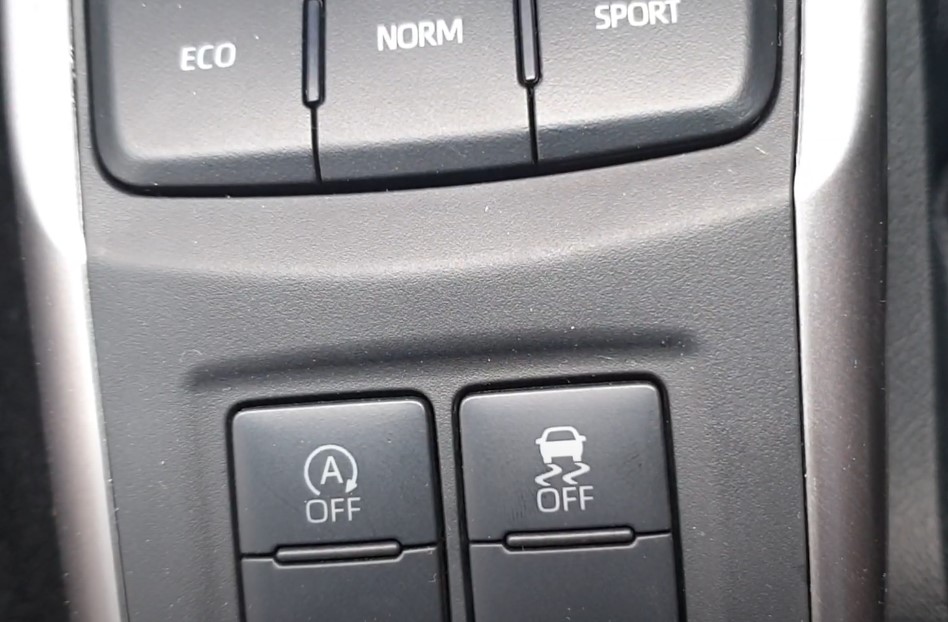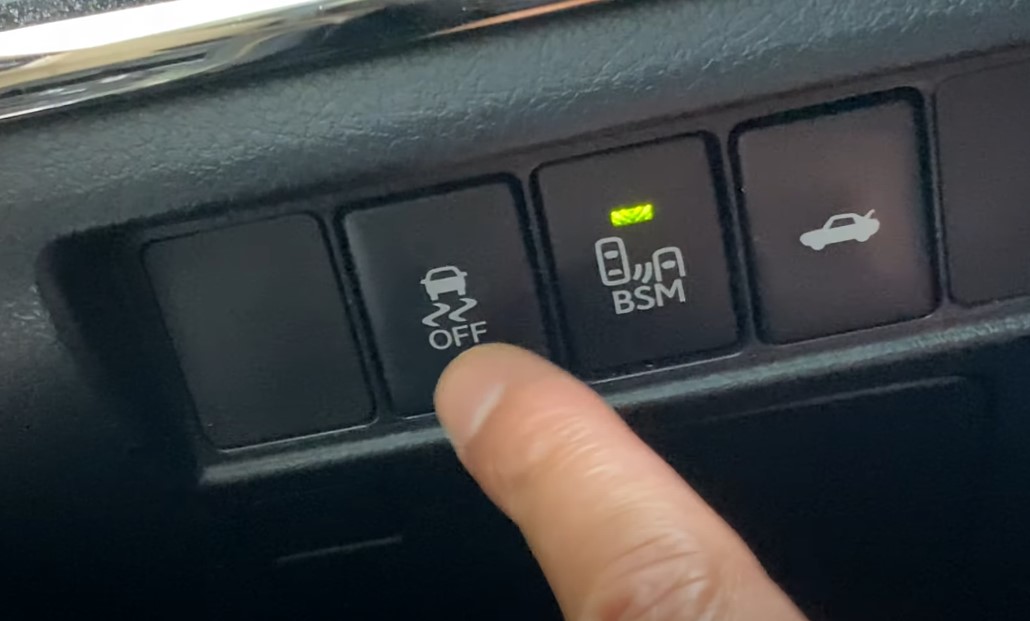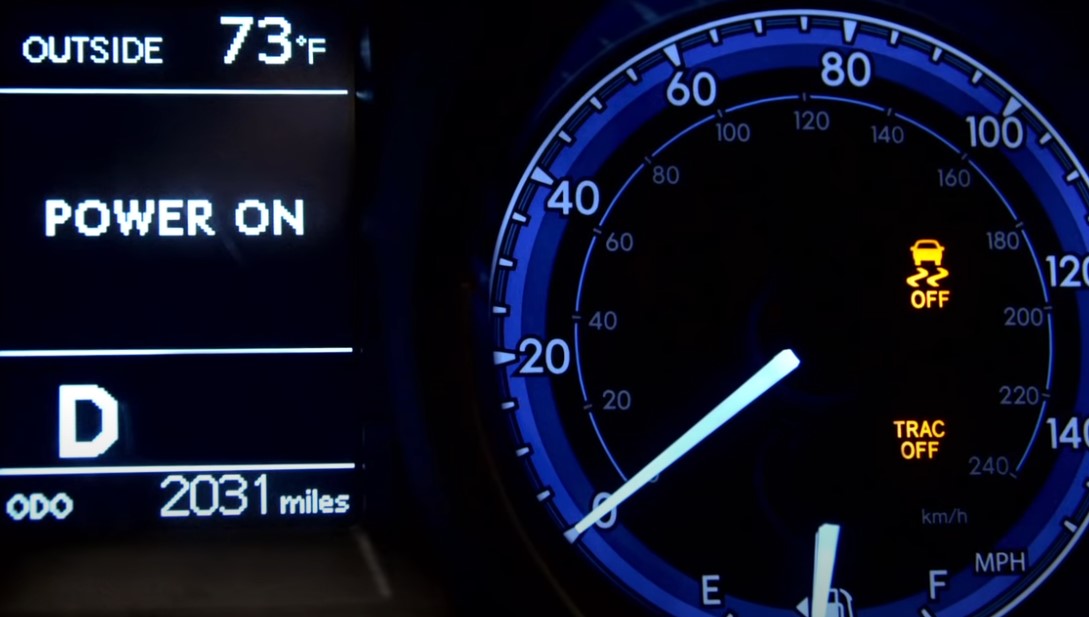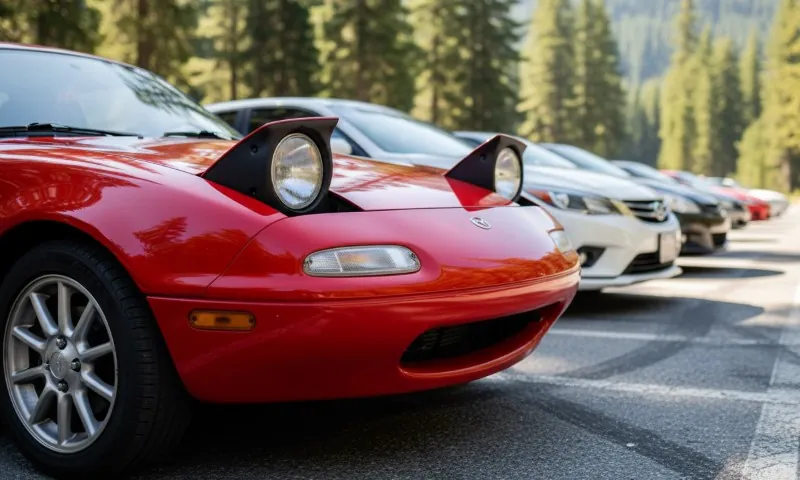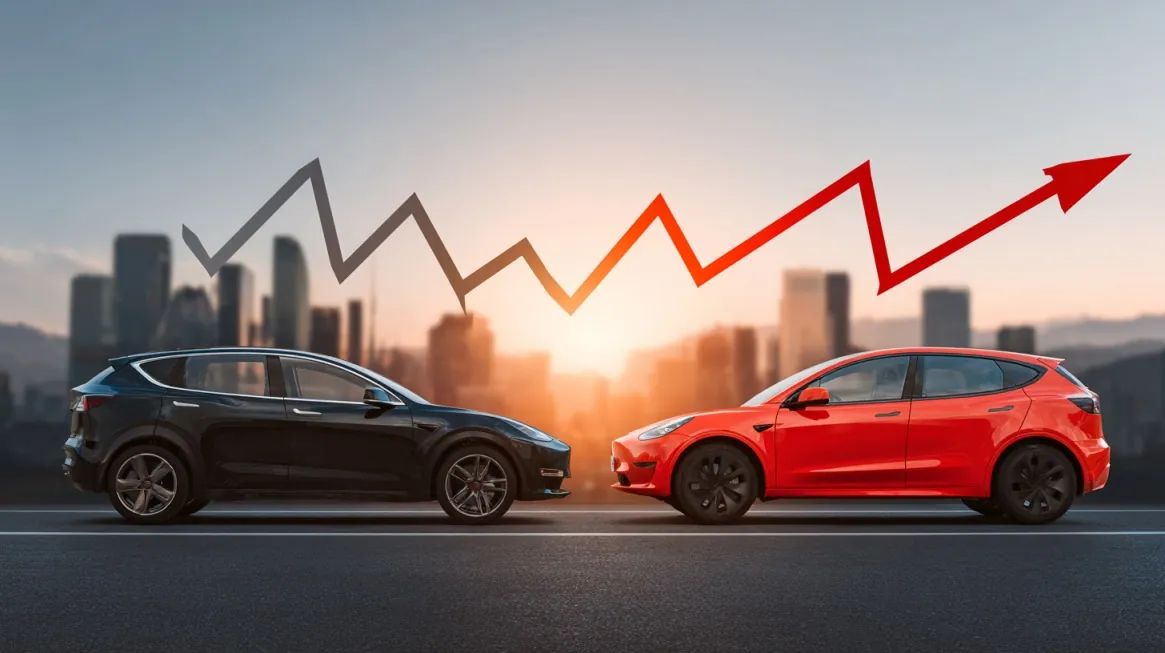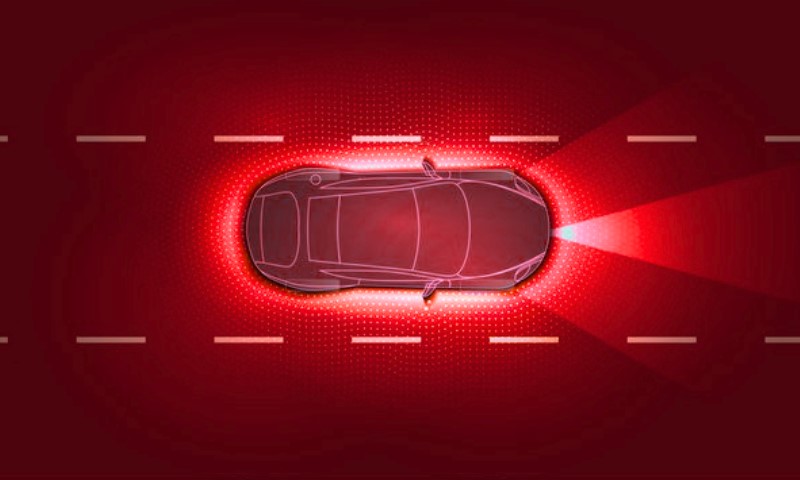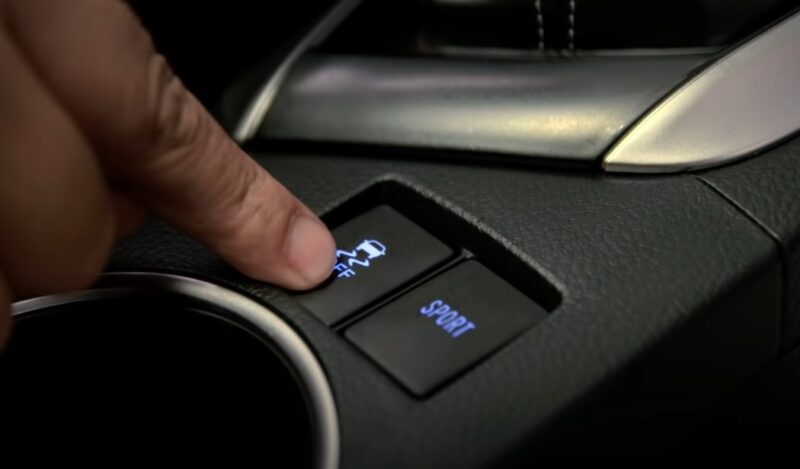
Share Post:
If you’ve been driving a Toyota for any length of time, you’ve probably noticed the “VSC OFF” button. At first glance, it may seem like just another dashboard feature, but it can actually play a crucial role in certain driving situations.
So, what exactly is this button for, and when should you press it? Let’s break it down.
Table of Contents
ToggleKey Highlights
- Use the VSC OFF button when stuck in mud, snow, or uneven terrain: Disabling Vehicle Stability Control allows your wheels to spin freely, helping you get unstuck in difficult conditions.
- VSC system enhances stability and safety: It helps keep your car in control during sharp turns or slippery road conditions, so it’s recommended to keep it on unless you’re in specific scenarios like off-roading.
- Investigate the VSC light if it stays on: If the VSC light appears without pressing the button, it could indicate a system issue that may need attention from a mechanic.
VSC System In a Nutshell
VSC stands for Vehicle Stability Control. It’s designed to help keep your vehicle stable in tricky conditions, like when you’re making sharp turns or driving on slippery roads. The system works by automatically applying brake pressure to specific wheels to keep the car from skidding.
It’s a safety feature that, in most cases, should stay on, as it helps prevent accidents by improving control and traction. But there are a few situations when you’ll want to turn the VSC off—and that’s where the VSC OFF button comes into play. Also, find out the meaning of the RSA in Toyota.
What Happens When You Press the VSC OFF Button?
The VSC OFF button gives you control over whether the system stays active. Normally, the VSC system helps by reducing engine power and applying brakes if it detects that the car is losing control, but in some cases, you might not want it to intervene.
When you press the VSC OFF button, you’re essentially disabling the system. It will stop regulating traction and stability, giving you more manual control over the vehicle. There are a few scenarios where this is particularly helpful.
When Should You Turn Off VSC?
1. When You’re Stuck in Mud or Snow
One of the most common times to turn off VSC is when you’re stuck in deep mud, sand, or snow. Under these conditions, the VSC system might cut power to your wheels to prevent spinning, which can make it harder for you to get out.
Turning off the system allows your wheels to spin freely, increasing your chances of breaking free.
How to Turn It Off
- Find the VSC OFF button, which is typically near your gear shift or dashboard.
- Press and hold the button for a few seconds. You should see the VSC OFF light appear on your dashboard.
- To turn the system back on, press the button again.
2. When You’re Driving Off-Road
If you’re someone who enjoys off-roading, especially in uneven terrain, you might find the VSC system a little too restrictive. When navigating rough, unpredictable surfaces, you need more control over your wheels than what the VSC system allows.
By turning off the system, you can regain full control of how your vehicle handles uneven ground.
3. When You Want More Control Over Drifting
Though this may not apply to the everyday driver, some people intentionally turn off VSC for drifting or high-performance driving. While VSC is designed to prevent skidding, some driving styles actually depend on controlled skids.
Turning off VSC allows for more aggressive maneuvers where slipping or drifting is involved. That said, it’s essential to be cautious when doing this, as turning off VSC also means you’re taking on more responsibility for keeping the car under control.
Is It Safe to Drive with VSC OFF?
In general, it’s recommended to keep the VSC system on while driving. The system is there to help you maintain control, especially in less-than-ideal road conditions like rain, snow, or ice.
So, if you turn it off, you’re disabling one of the safety nets designed to protect you from losing control of your vehicle.
That said, there are specific scenarios (like those mentioned above) where turning off VSC is actually beneficial. Just be mindful to turn the system back on once you’ve cleared the situation.
What If the VSC Light Stays On?
If you’re seeing the VSC OFF light on your dashboard and you haven’t pressed the button, something may be up. In most cases, the light should only come on when you’ve manually disabled the system.
However, if it stays on without your input, it could indicate an issue with the VSC or ABS (Anti-Lock Braking System). Here’s what you can do if the light stays on:
- Check your vehicle’s manual to ensure you haven’t accidentally hit the VSC OFF button.
- Stop the car and try turning the VSC system back on by pressing the button again.
- If the light remains on, there could be a sensor issue or another problem that requires a mechanic’s attention.
How to Fix the VSC Light Issue
If you suspect that your VSC system is malfunctioning, there are a few troubleshooting steps you can try before taking it to the shop:
- Park the Car: Ensure you’re in a safe location, then put the car in park.
- Locate the VSC Button: Depending on your model, it will either be near the gear stick or on the dashboard, often close to the steering wheel.
- Hold the Button: Press and hold the VSC OFF button for at least 3 seconds. Both the TRAC OFF and VSC OFF lights should illuminate, signaling that the systems are now off.
- Reactivate the System: To turn the systems back on, press the button again, and the lights should go off.
Also, find out how to turn off maintenance light on Toyota Tacoma.
FAQs
To dive deeper into the specifics, don’t miss our guide on the different Prius C trims and what each one offers.
Final Thoughts
The VSC OFF button is more than just another dashboard feature—it’s a helpful tool for navigating specific driving situations like being stuck in mud, off-roading, or if you need more manual control for performance driving. In everyday driving, though, it’s a good idea to keep the VSC system engaged for better safety and stability.
If you notice the VSC light on without having pressed the button, it’s worth investigating further, as it could point to a bigger issue. For most drivers, VSC is a valuable safety feature that makes a significant difference, especially when the road gets tough.
So, while you may not need to hit that button often, it’s good to know what it does and when to use it. Stay safe out there!
Related Posts:
- VSC Off Meaning - What Does This Light Signal?
- How to Choose the Right Tires for Your EV - Complete Guide
- How To Turn Off Maintenance Light On Toyota Tacoma –…
- Can You Use 5w30 Instead Of 0w20 - Will It Hurt Your…
- Is It Bad to Leave the AC on in Your Car When You…
- How to Get Paint off Your Car - Tips and Tricks for…



